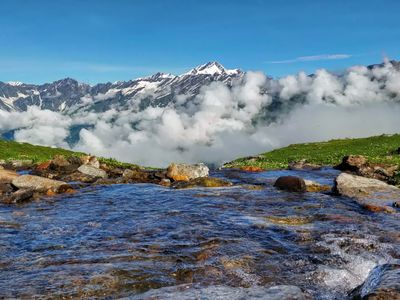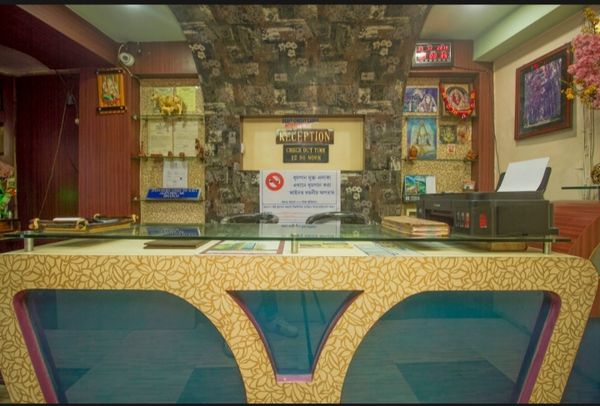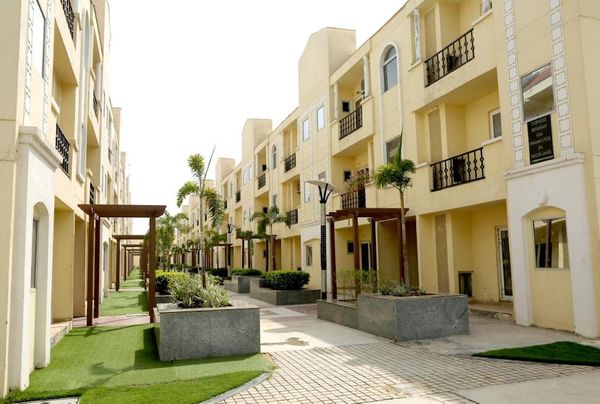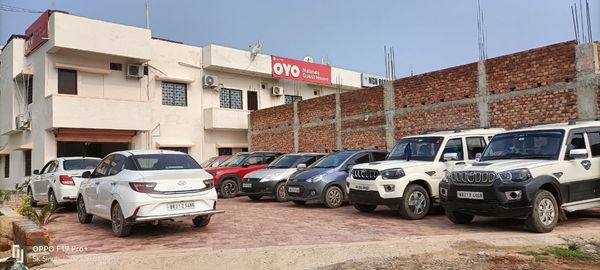Bhrigu Lake Trek: A Himalayan Adventure to the Sky-High Alpine Beauty
 Palakshi Meharwal
12 May, 2025
11 mins read
296
Palakshi Meharwal
12 May, 2025
11 mins read
296

Nestled high in the Kullu district of Himachal Pradesh, Bhrigu Lake offers a trekking experience that combines natural grandeur with mythological reverence. Often referred to as the “Pool of the Gods,†this glacial lake is situated at an altitude of approximately 4,300 meters (14,100 feet) above sea level. What makes the Bhrigu Lake trek truly unique is that it provides trekkers with alpine scenery typically accessible only after days of arduous climbing—here, it’s attainable within a mere two to three days of hiking.
This article aims to guide you through the nuances of the Bhrigu Lake trek, covering its geographical significance, seasonal highlights, trail features, and practical tips—while keeping content engaging and optimized for search engine visibility without triggering penalties for AI-generated patterns.
The Legacy of Bhrigu Lake
Named after the revered sage Maharishi Bhrigu, this lake holds spiritual importance in Hindu mythology. According to legend, Sage Bhrigu meditated near this very lake, blessing its waters with sanctity. Even today, local communities believe that the lake never completely freezes due to the divine energy surrounding it, despite the harsh alpine winters.
This blend of mythology and natural beauty adds a layer of depth to the trekking experience. Trekkers don’t just walk into a postcard-perfect landscape—they step into a realm that has spiritual resonance stretching back centuries.
Location and Accessibility
Bhrigu Lake is located around 20 kilometers north of Manali, a bustling hill station and a popular base for trekkers. The usual starting point for the trek is the village of Gulaba, which lies en route to the Rohtang Pass. Well-connected by road from Manali, Gulaba serves as an ideal trailhead, especially for those looking to embark on a short yet high-altitude journey.
The nearest airport is Bhuntar (Kullu-Manali Airport), approximately 50 km from Manali, and the nearest railway station is Joginder Nagar, about 140 km away. Private taxis and buses are available from these points to reach Manali and subsequently Gulaba.
Trail Overview and Duration
While Bhrigu Lake can be accessed via different routes, the most popular trail follows this itinerary:
Day 1: Manali to Gulaba → Trek to Rola Kholi (Approx. 7 km)
Day 2: Rola Kholi to Bhrigu Lake and back (Approx. 10 km round trip)
Day 3: Return trek to Gulaba and drive to Manali
The terrain transitions from forested lower altitudes to meadows and finally to a glacial basin. The beauty of this trek lies in its dramatic elevation gain, offering views of snow-capped mountains, alpine meadows (locally called “bugyalsâ€), and panoramic vistas of peaks like Hanuman Tibba and Deo Tibba.
Best Time to Visit
The Bhrigu Lake trek is best undertaken between mid-May and October. During late spring and early summer (May–June), the trail is dotted with patches of snow and blooming wildflowers. July through September showcases verdant meadows and relatively stable weather, although monsoon showers can make certain patches slippery. October marks the end of the trekking season, bringing in cold temperatures and the first hints of snowfall.
Winter treks to Bhrigu Lake are generally discouraged due to heavy snowfall, low visibility, and avalanche risks.
Flora and Fauna
The biodiversity on the trail is noteworthy. The initial stretch through deodar and oak forests hums with the calls of Himalayan monals and thrushes. As you ascend into the meadows, you’ll encounter a mosaic of wildflowers—blue poppies, daisies, and rhododendrons are common during spring. Marmots often peek curiously from burrows, while the rare sighting of a Himalayan fox adds to the enchantment.
These meadows serve as grazing grounds for the livestock of local Gaddi shepherds, reflecting a centuries-old symbiosis between people and landscape.
Fitness and Preparation
Despite being classified as a moderate trek, Bhrigu Lake does involve steep ascents and high altitude. Physical preparation is essential. Cardiovascular endurance (through jogging or swimming), leg strength exercises (like squats and lunges), and practice hikes with a loaded backpack can significantly ease the experience.
Acclimatization is key. Spending a day or two in Manali before starting the trek helps your body adjust to higher altitudes, minimizing the risk of Acute Mountain Sickness (AMS). Hydration and slow, steady walking are recommended throughout the journey.
What to Pack
Given the altitude and changing weather, layering is vital. Your packing list should include:
- A sturdy, waterproof backpack (40–50 liters)
- Insulated jackets and fleece layers
- Trekking pants and moisture-wicking base layers
- Woolen gloves, beanie, and neck warmer
- UV-protection sunglasses and sunscreen (SPF 50+)
- Trekking poles for balance on snow patches
- Sturdy, broken-in trekking shoes with ankle support
- Water bottles and hydration packs
- High-calorie snacks and energy bars
- A compact first-aid kit with essentials
Camping and Food
Trekkers typically camp at Rola Kholi, a scenic alpine meadow that serves as the base for the summit push. Tents and sleeping bags are provided by most trekking operators, but carrying a personal liner or lightweight sleeping mat adds comfort.
Food is usually prepared by support staff and includes simple yet energizing fare—dal-chawal, parathas, boiled eggs, and soups are common. Staying hydrated and maintaining electrolyte balance is crucial, especially at higher elevations.
Environmental Responsibility
Preserving the pristine beauty of Bhrigu Lake and its ecosystem is a shared responsibility. Trekkers should adhere to Leave No Trace principles—carry all waste back, avoid using plastic, and minimize campfire use.
Additionally, it’s recommended to hire local guides and porters. This not only supports the community but also ensures responsible navigation and cultural sensitivity.
Why Choose Bhrigu Lake Trek?
For many, the Bhrigu Lake trek is the perfect introduction to high-altitude Himalayan trekking. Here’s why it stands out:
- Quick Access to Altitude: Within two days, you reach over 14,000 feet—a feat that typically demands longer itineraries.
- Majestic Meadows: The vast bugyals rival those of the Valley of Flowers or Kashmir Great Lakes in summer charm.
- Spiritual Significance: The mythological backdrop adds depth to the physical journey.
- Ideal for Time-Constrained Adventurers: With a long weekend or a short holiday, trekkers can experience Himalayan beauty without extended leave.
- Photography Paradise: From sunrise over the Pir Panjal to the reflective glimmer of Bhrigu Lake, the landscape offers unforgettable frames.
Closing Thoughts
The Bhrigu Lake trek is more than just a physical challenge—it’s a sensory and spiritual immersion into the heart of the Himalayas. Whether you’re a seasoned hiker or a curious first-timer, this trail provides an ideal balance of accessibility, scenic grandeur, and cultural depth.
If you’re seeking an alpine escape without committing to a grueling expedition, Bhrigu Lake awaits with open skies, wildflower meadows, and stories whispered by the wind.
Written By:
Palakshi Meharwal



Hotels at your convenience
Now choose your stay according to your preference. From finding a place for your dream destination or a mere weekend getaway to business accommodations or brief stay, we have got you covered. Explore hotels as per your mood.


